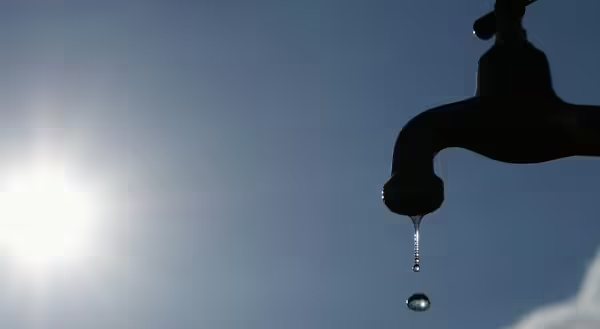
Farmers have a huge role to play in keeping our waters clean. According to the National Water Quality Assessment, agricultural runoff is the leading cause of water quality impacts on rivers and streams. Runoff from agricultural fields often contains nutrients from fertilizers, pesticides, and other inputs that don’t always stay where we apply them. Heavy rainfall and soil erosion can cause these inputs to enter waterways. This causes issues both locally and nationally, as nutrient runoff contributes to harmful algal blooms and the hypoxic zone in the Gulf of Mexico.
In response to the issue of nutrient runoff, the Illinois Nutrient Loss Reduction Strategy (NLRS) was developed in 2015. The primary goal of the NLRS is to reduce nitrogen loads in waterways by 15% and phosphorous loads by 25% by 2025. As stewards of the land, farmers are crucial to meeting these goals. Aside from the environmental impacts of nutrient runoff, farmers face a financial impact. Losing our applied nutrients and the soil we’ve worked so hard to build is like throwing money away. So, what can farmers do?
Luckily the practices that we discussed earlier this month to improve and maintain soils have the added benefit of reducing nutrient runoff! Practices like reducing tillage and planting cover crops help reduce soil erosion, which is a major contributor to nutrient runoff. The cover crop cereal rye has been shown to reduce the amount of nitrate lost through tiles by more than 40%. Other practices include incorporating bioreactors, wetlands, and buffer strips into existing operations.
For a sustainable practice to work for farmers though it needs to be three things: agronomically sound, economically sound, and environmentally sound. This can be difficult to achieve, but new technologies, research, and cost-sharing programs are being developed every day to make this doable for every grower and in every field.
You can read more about the Nutrient Loss Reduction Strategy on the Illinois Extension Nutrient Loss Reduction blog.
Emily Hansen is a Commercial Agriculture Educator with University of Illinois Extension, serving Bureau, LaSalle, Marshall, and Putnam counties. Emily provides research-based educational programs that empower growers to make sustainable choices on their farms.
Malone, R. W., Radke, A., Herbstritt, S., Wu, H., Qi, Z., Emmett, B. D., ... & Richard, T. L. (2023). Harvested winter rye energy cover crop: multiple benefits for North Central US. Environmental Research Letters, 18(7), 074009.